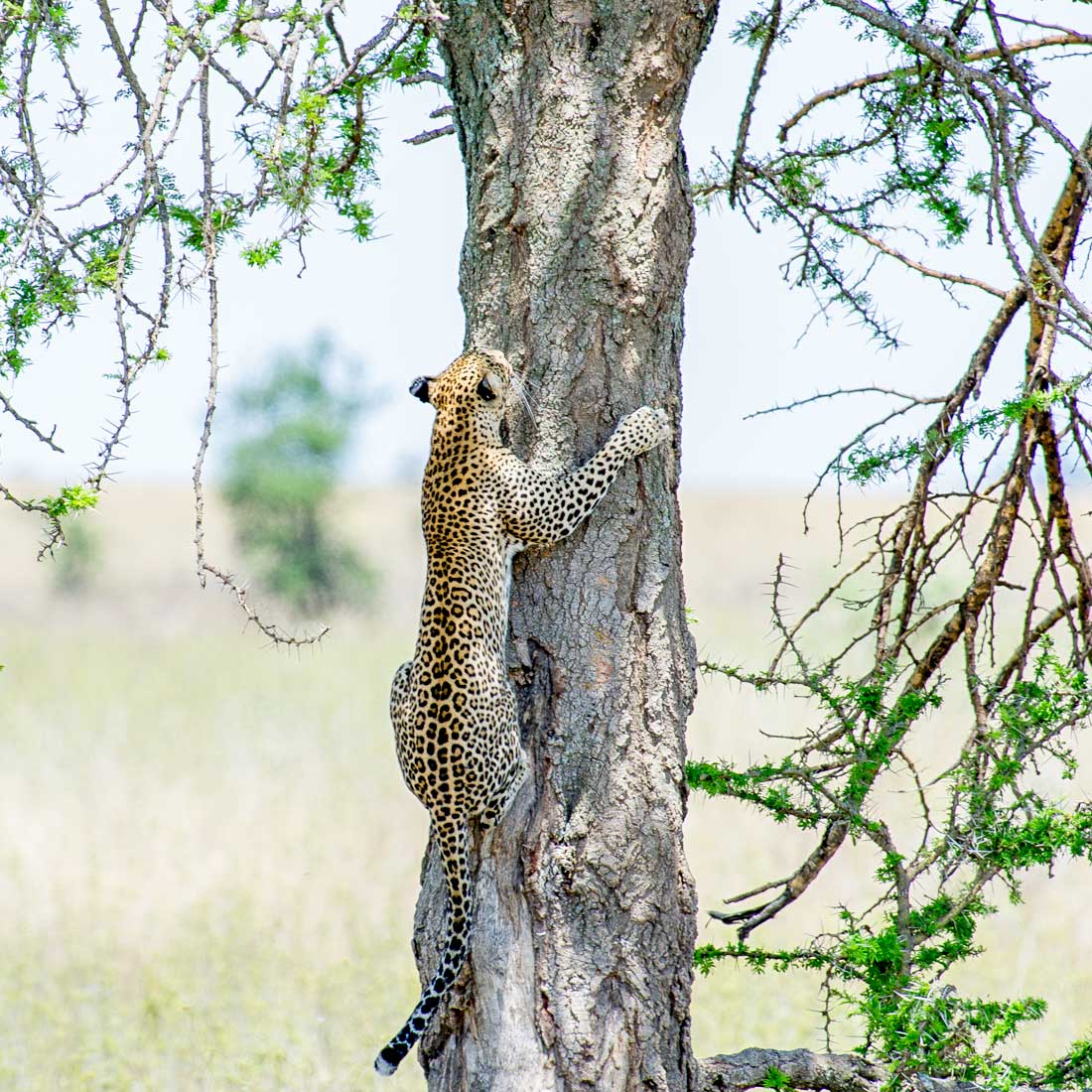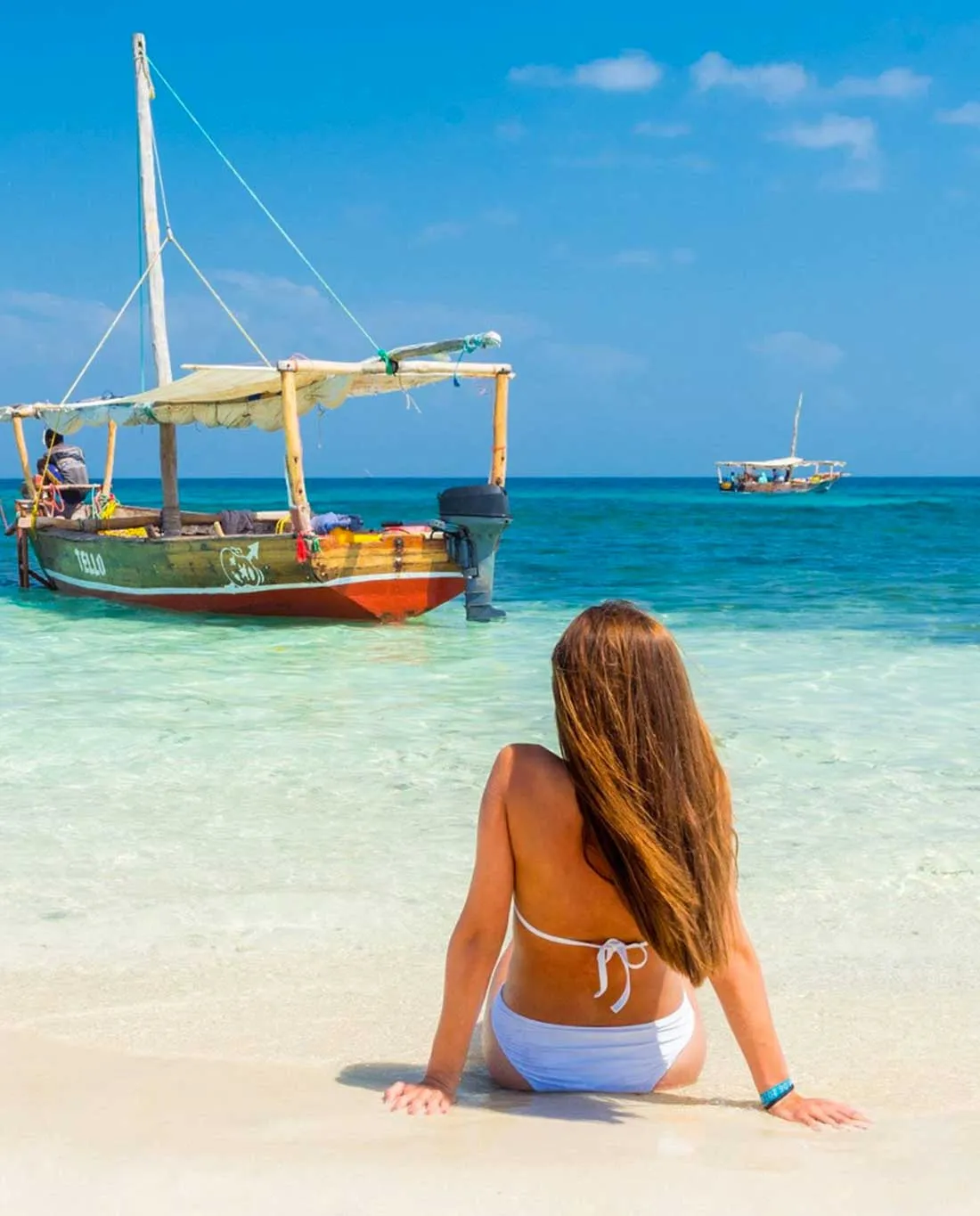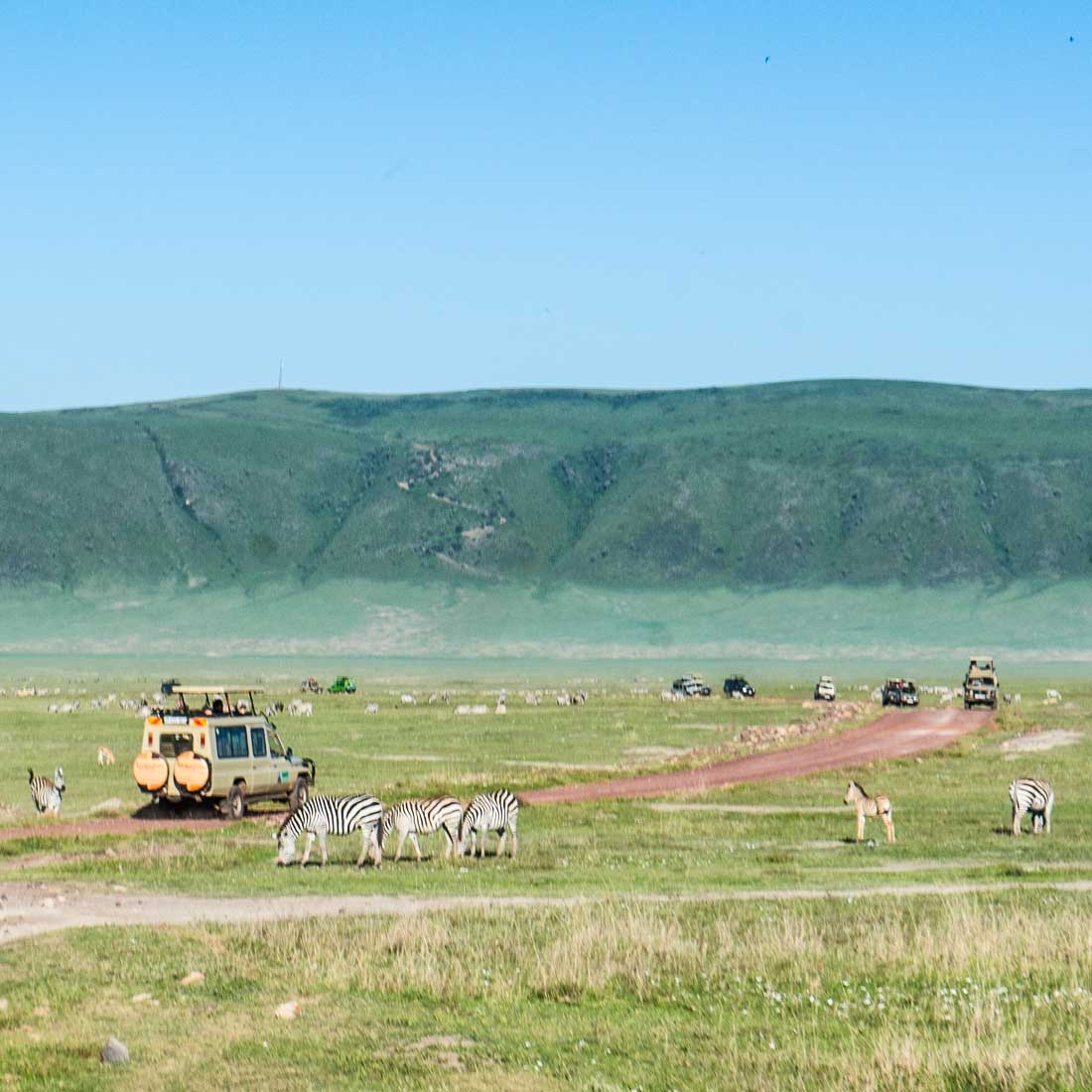Your Most Common Questions Answered
Planning to climb Africa’s highest mountain? Whether you’re a first-time trekker or a seasoned adventurer, it’s natural to have questions before your Kilimanjaro expedition. Here are the most frequently asked questions—answered by our expert team at African Giant Adventures.
1. How difficult is climbing Mount Kilimanjaro?
Mount Kilimanjaro is considered a moderate to challenging trek. It does not require technical climbing skills, but the high altitude, long hiking hours, and cold weather make it physically demanding. Success depends on mental strength, physical fitness, and proper acclimatization.
2. How long does it take to climb Kilimanjaro?
Most routes take between 6 to 9 days, depending on your route choice and pace. Longer routes increase your chances of summit success by improving your body’s adjustment to altitude.
Popular durations:
Marangu Route: 6 days
Machame Route: 7 days
Lemosho Route: 8 days
Northern Circuit: 9 days
3. What is the best time to climb Mount Kilimanjaro?
The best times are during the dry seasons:
January to early March: Clear skies and moderate temperatures
June to October: Cooler and drier, with higher summit success rates
Rainy seasons (April–May and November) are less ideal due to muddy trails and poor visibility.
4. What is altitude sickness and how can I avoid it?
Altitude sickness (Acute Mountain Sickness or AMS) is caused by low oxygen at high elevations. Symptoms include headache, nausea, dizziness, and fatigue.
Prevention tips:
Climb slowly and choose a longer route
Stay hydrated
Avoid alcohol
Consider medication like Diamox (consult your doctor)
Inform your guide if you feel unwell
5. Do I need prior hiking experience?
No technical climbing experience is needed, but good physical fitness and hiking stamina are essential. We recommend preparing with cardio exercises, hill walking, and endurance training before your trip.
6. What should I pack for the Kilimanjaro climb?
You’ll need:
Layered clothing for cold and warm conditions
Waterproof outerwear
Hiking boots, gloves, warm hat
Sleeping bag (four-season)
Headlamp, trekking poles, hydration bladder
For a full checklist, see our Kilimanjaro Gear Guide.
7. Is it safe to climb Kilimanjaro?
Yes—when you climb with trained guides, proper equipment, and responsible acclimatization. At African Giant Adventures, we provide:
8. What are the different Kilimanjaro climbing routes?
There are several routes to choose from, each with different scenery, traffic levels, and acclimatization profiles:
Marangu Route: Easiest, hut accommodation, popular
Machame Route: Scenic, challenging, very popular
Lemosho Route: Quiet, remote, great for acclimatization
Rongai Route: Approaches from the north, drier, less crowded
Northern Circuit: Longest, excellent for altitude adjustment
Umbwe Route: Shortest and steepest, for experienced hikers
9. What kind of accommodation is provided on the mountain?
Marangu Route: Shared huts with bunk beds
All other routes: Tented camps with high-quality camping gear
We provide mess tents, private sleeping tents, toilet tents, and warm sleeping bags for comfort at high altitudes.
10. Do I need a visa to enter Tanzania?
Yes, most travelers need a Tanzanian tourist visa, which can be obtained:
Check with your local embassy for specific requirements based on your nationality.
11. Is tipping expected?
Yes, tipping is customary and greatly appreciated. It supports the hardworking mountain crew.
Recommended tipping (per climber):
Guides: $20–25/day
Cooks: $15/day
Porters: $10/day
We provide a tipping guide and can assist with group coordination.
12. Can I charge devices on the mountain?
There is no electricity on Kilimanjaro. We recommend bringing:
13. How do I book a climb with African Giant Adventures?
It’s easy! You can:
Fill out our online booking form
Contact us via email or WhatsApp
Get a free consultation with one of our specialists
We’ll help you choose the right route, travel dates, and package for your needs.
Still Have Questions?
Reach out to our expert team for personalized answers and support.
Your journey to the Roof of Africa starts here—with safety, comfort, and success.





